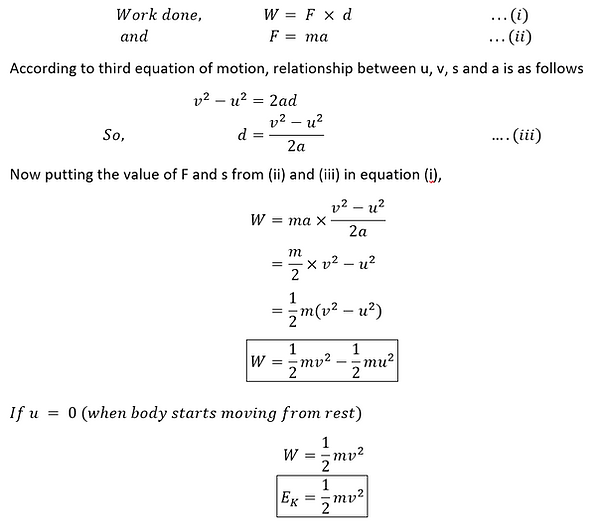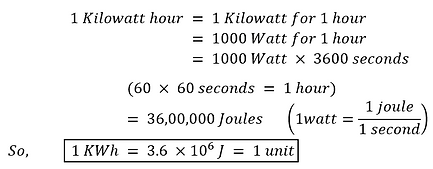Unlock the Secrets of Work and Energy with Future Classes
Work and Energy is an important concept in CBSE Class 9 Science. Learning about this topic is essential for understanding the world around us. To help students understand this topic, notes and other resources are available for download on our website. These notes provide an in-depth explanation of concepts such as kinetic energy, potential energy, and the law of conservation of energy. We also provide example questions and solutions to help students practice and apply their knowledge. Download our CBSE Class 9 Science notes today and start exploring the fascinating world of work and energy
Our website offers a wide selection of PDF downloads for CBSE Class 9 Science students. Whether you are studying work and energy or any other topic, our PDF notes will provide you with the most comprehensive and up-to-date information. Our PDFs are easy to download and print, allowing you to study anywhere and anytime. With our PDF notes, you can get the head start you need to ace your Science class
Chapter 10 Work and Energy
Work
Work done in moving an object is equal to the product of force and displacement of body in the direction of force.

Work is a scalar quantity.
Unit of work is Newton meter or Joule.
1 joule

When a force of 1 Newton moves a body through a distance of 1 meter in its own direction, then the work done is 1 Joule.
Energy
The capacity of doing work is known as energy.
Energy is a scalar quantity.
Unit: The SI unit of energy is Joule (J) and its bigger unit is kilo joule (kJ).
1 kJ = 1000 J
Forms of Energy
Main forms of energy are:
-
Kinetic energy
-
Potential energy
-
Heat energy
-
Chemical energy
-
Electrical energy
-
Light energy
Sum of kinetic energy & potential energy of a body is called mechanical energy.
Mechanical energy
The energy controlled by a body on account of its motion or position is called mechanical energy.
Kinetic Energy
The energy of a body due to its motion is called kinetic energy.
Examples of kinetic energy
-
Running water
-
Flowing wind
-
A moving car
-
Flying aircraft
Formula for Kinetic Energy
If an object of mass ‘m’ moving with uniform velocity ‘u’, it is displaced through a distance ‘s’. Constant force ‘F’ acts on it in the direction of displacement. Its velocity changes from ‘u’ to ‘v’. Then acceleration is ‘a’.

Potential Energy
The energy of a body due to its position is known as potential energy.
Examples:
-
Water kept in dam: It can rotate turbine to generate electricity due to its position above the ground.
-
Bent string of bow: Potential energy due to change of its shape (Deformation) released in the form of kinetic energy while shooting an arrow.
Potential Energy of an Object on a Height
If a body of mass ‘m’ is raised to a height ‘h’ above the surface of the earth, the gravitational pull of the earth (m × g) acts in downward direction. To lift the body, we have to do work against the force of gravity.

Law of Conservation of Energy
“Energy can neither be created nor be destroyed.”

Power
“Power is defined as the rate of energy consumption.”
Or
“Power is defined as the rate of doing work.”

Unit of Power

1 watt

Power of Electrical Gadget
The power of an electrical appliance tells us the rate at which electrical energy is consumed by it.
Bigger unit of Power
Bigger unit of power is called Kilowatt or KW.
1 Kilowatt (KW) = 1000 Watt = 1000 W or J/s
Commercial Unit of Energy
Joule is very small unit of energy and it is inconvenient to use it where a large quantity of energy is involved.
For commercial purpose, bigger unit of energy is Kilowatt hour (KWh).
1 KWh
1 KWh is the amount of energy consumed when an electric appliance having a power rating of 1 Kilowatt is used for 1 hour.
Relation between Kilowatt hour and Joule
1 Kilowatt hour is the amount of energy consumed at the rate of 1 Kilowatt for1 hour.

